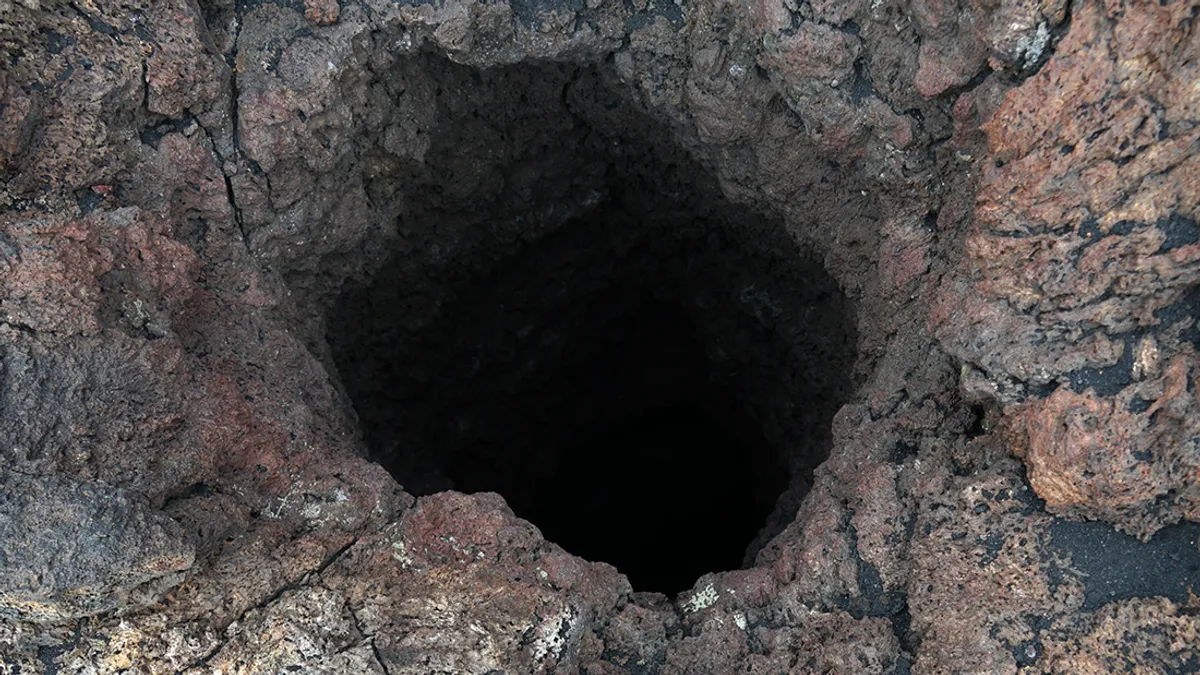Table of Contents
ToggleIntroduction
Scientists in China have embarked on a groundbreaking project to dig a 10,000-meter hole into the Earth’s crust. The project is aimed at reaching rocks from the Cretaceous period, which date back up to 145 million years. In this article, we’ll take a closer look at the project and what scientists hope to discover.
The Purpose of the Project
The Chinese team of scientists is hoping to identify mineral resources as well as assess environmental risks, including the likelihood of earthquakes and volcanic eruptions. The project could also help in the study of the Earth’s geological processes, including plate tectonics.
What is the Cretaceous System?
The Cretaceous System is a geological layer composed of sedimentary rocks that date back to the Cretaceous period, which spanned from 145 million to 66 million years ago. During this time, the Earth experienced significant changes, including the formation of the supercontinent Pangaea and the emergence of new species like the dinosaurs.
The Kola Superdeep Borehole
The Kola Superdeep Borehole in northwestern Russia is currently the deepest human-made hole on Earth, reaching a depth of 11,034 meters (36,201 feet) below sea level. The project was initiated in May 1970 and spanned over two decades. However, the Chinese project aims to break new ground by reaching a depth of 10,000 meters.
The Challenges Involved
Digging into the Earth’s crust is a complex and challenging task, and the Chinese project is no different. The team will have to dig through ten layers of rock to reach the Cretaceous System, a task that has never been attempted before. The construction difficulty of the drilling project, according to Sun Jinsheng, an academic at the Chinese Academy of Engineering, can be compared to a big truck driving on two thin steel cables.
What Scientists Discovered
Scientists have found that the rocks deep below the Earth’s surface are a lot wetter than they were expecting. Before the borehole was found, scientists had thought the water would not permeate the rock so deeply. They had also been expecting to find a layer of basalt beneath the continent’s granite, as this is what was found in the oceanic crust. Instead, they found that beneath the igneous granite was metamorphic granite, which was evidence of plate tectonics.
Conclusion
The Chinese project to dig a 10,000-meter hole into the Earth’s crust is a groundbreaking undertaking that could help identify mineral resources and assess environmental risks. While the project still has a long way to go, the discoveries made so far have been groundbreaking and exciting for the scientific community. However, we are still far from reaching the Earth’s mantle, which would require a much deeper hole than the current project.







